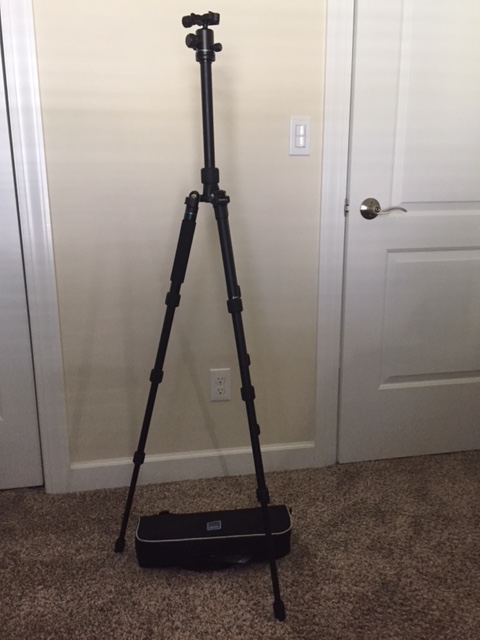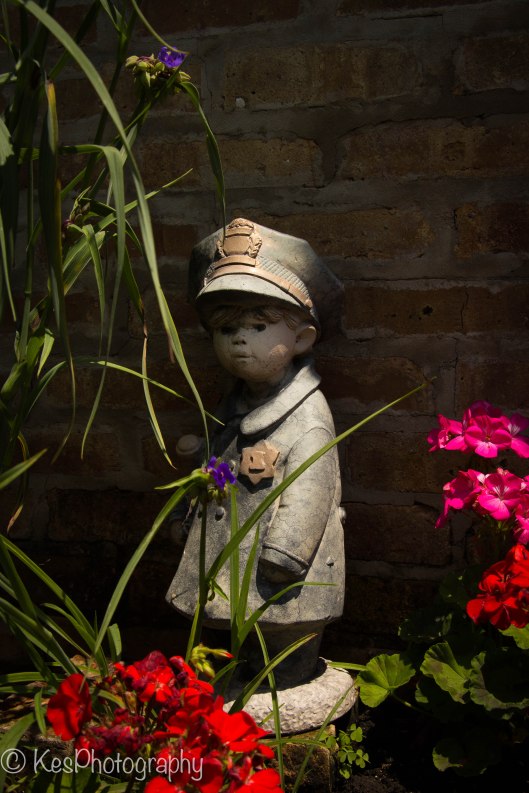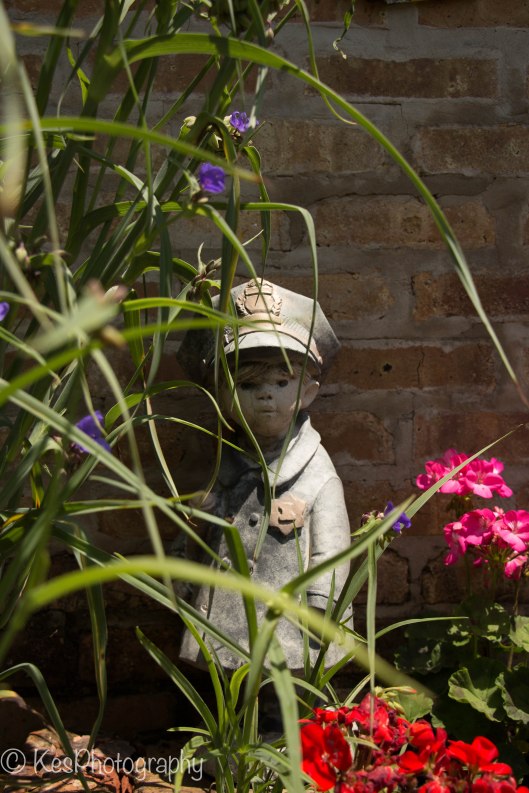How many tripods are too many? That was a real dilemma for me once. I bought so many that I had more tripods than all my other photography equipment put together!
My very first one was very inexpensive ($19.99 on sale!)). It had its issues but was what I could afford at the time and it worked for me. It was lightweight and fairly easy to use. I progressed up to a better one when the first one could not handle longer lenses (it tended to tip over from the lens weight).
My next tripod was made for the heavier equipment (camera and telephoto/zoom lenses). And it was built sturdier which made the tripod heavier to carry around. The shoe plate (where the camera attaches to the tripod) was set in one position which meant it only took landscape shots. A great tripod for the price. That one cost me around sixty dollars. I was in heaven until…
A new one came out on the market. The shoe plate could now be positioned in the portrait mode by twisting a knob at the base of the shoe plate and tilting the platform to the side. What an innovation! The legs collapsed fairly easy although I constantly forgot to tighten them once they were fully extended from time to time! Timber!…
At this point, I have three tripods. I took the the first one traveling as it was light aluminum and as long as I wasn’t using a long lens, it worked great. The second had the weight to hold longer lenses but was just as long as the first one when the legs collapsed (down to around 40 inches) and heavier to carry around. The third one was just like the second except the platform/shoe plate could be flipped to the side for portrait shots.
We’ll skip the next two tripods that joined the family as one was given to me and the second one I purchased thinking I was “moving up” with my equipment because I paid more for it. The reality was that I only purchased the company name. The tripod turned out to be the same as the third one I had purchased for much less. That makes five tripods for one camera!
Then a few years ago, the photography world comes out with this awesome portable tripod. This time I did a lot more research on the subject. I found one that folded down to only 16.5 inches, fit in its own pouch (or a backpack), was sturdy enough to handle my equipment, was easy to assemble, came with a built in counter weight for those heavier lenses, the shoe plate sat on a “ball” (ball head) and could be set in many directions, and many more extras that all my other ones combined did not have. Eureka!
It is the only one I use now. It is a Benro A 1692T tripod. It cost a bit more ($300.00) but well worth the money. Three years later, I still love it.

Today, there are less expensive portable tripods. Neewer is one company that sells them on Amazon. And I am sure there are others but I am no longer in the market for one. Currently, I own three tripods but really only use one, my Benro. The other two are for remote flash set ups (fill light).
You might ask, “what did you do with the other three”? Sold them on eBay and put the money toward my Benro, of course! There is always a market for used equipment.
A few things to remember when looking for a tripod: Make sure it can handle the weight of your equipment, has sturdy legs and if at all possible, a counterweight hook under the shoe plate to steady the tripod if necessary (this is especially handy when your ground is a bit rocky). And most importantly, the tripod does all that you need or want it to do.
How many are too many tripods? That depends on how you feel about tripods. For me, I am happily down to three; two that sit in my closet until I need them and one that I carry everywhere.
Have a great day and happy shooting!






